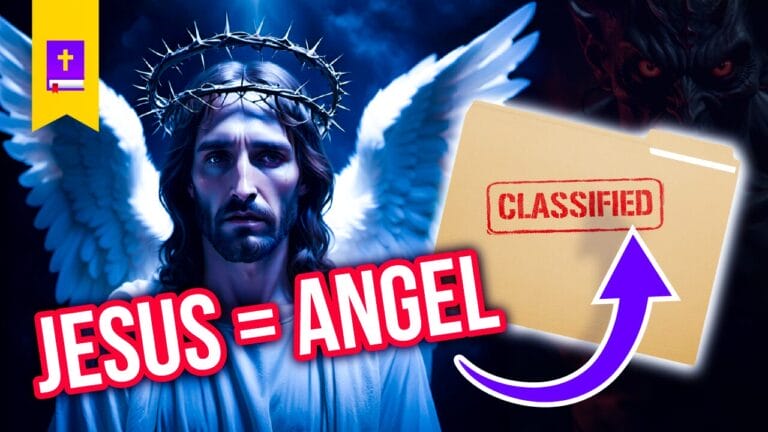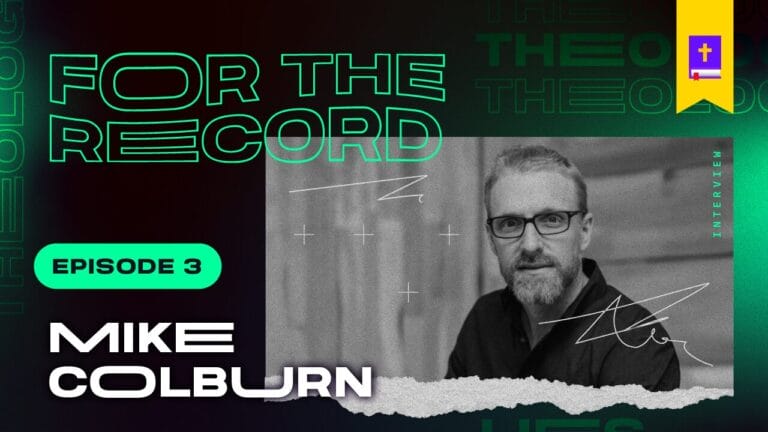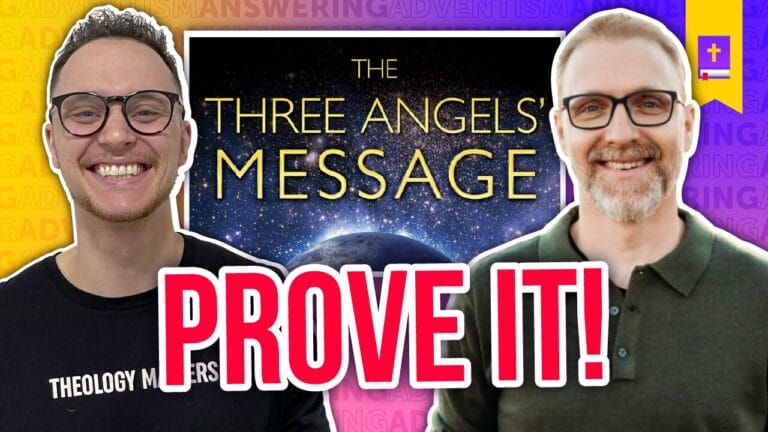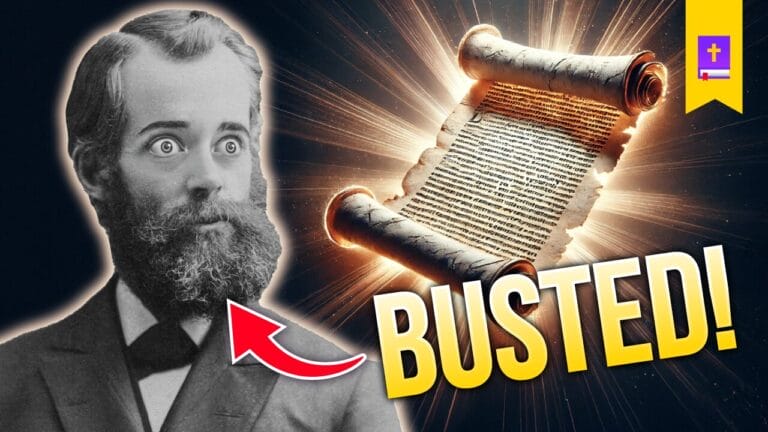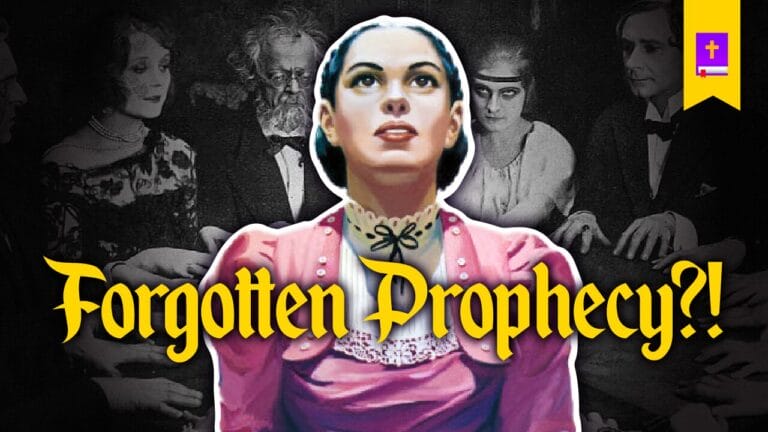Yes.
The investigative judgement is one of the pillar doctrines of the SDA Church. When the 7-year theory involving the shut door and the multiple failed attempts at predicting the return of Christ failed, the investigative judgement doctrine became the new explanation as to why. It states that Christ began the second and last phase of His atoning ministry (something not found in scripture) on October 22, 1844 in a sanctuary building in heaven. Without this, the SDA Church really has no foundation for its existence.
The central text used to arrive at this is Daniel 8:14. They claim that the 2300 evenings and mornings refer to the year 1844 when utilizing the day-year-principle (DYP). And the cleansing that is in focus is of a heavenly sanctuary. It supposedly has to be a heavenly sanctuary, and not the earthly, because it’s a prophecy about “the time of the end” and the earthly temple isn’t standing anymore. The problem is this phrase is not universally and exclusively used to denote the end of the world. Also, the word “day” isn’t found in Daniel 8:14—evenings and mornings is. So the DYP wouldn’t apply here.
Nevertheless, there are a number of issues with this conclusion, as we have documented here, but one of the major ones is the existence of the Jewish festival of Hanukkah ( also known as the Feast of Dedication, the Feast of Maccabees, the Festival of Lights). There is a reason no one else ever understood Daniel 8:14 the way the Millerites did and the Seventh-Day Adventist Church still does.
A necessary component to this theory is their chronological timeline of dates and events put forth, which looks like this.

While there are a number of issues which this, such as the 457 decree to rebuild Jerusalem that they point to Ezra 7 for support, this is the general timeline used to try and arrive at the year 1844 for the start of an investigative judgment, utilizing the 2,300 evenings and mornings in Daniel 8:14 as the main driver.
It is important to note that, the Adventist Church has readily put forth the narrative that 1844 was arrived at through serious bible study and prayer. This is not true. As Seventh-Day Adventist theologian P. Gerard Damsteegt documents in his 1992 How Our Pioneers Discovered the Sanctuary Doctrine, this idea was initially proposed by a man named Hiram Edson who claimed to receive a vision in a cornfield on October 23, 1844 (the day after the Great Disappointment) where he claimed to see Jesus moving from the holy place in heaven to the most holy place and it was that transfer of service that the date was pointing to, not Jesus’s return to earth (which was the original prediction). Edson then shared this information with O.R.L. Croiser and F.B. Hahn, two other disappointed Millerites, who then published this information in the February 7, 1846 issue of the Day-Star (which was a Millerite publication). This was then built upon in the subsequent years to try and figure out how to make it work.
What ultimately kept it going was a later vision that Ellen G. White claimed to receive from God where she states that God showed her that Brother Croiser had the light on the sanctuary and that it was God’s will that it be written out and published in the Day-Star and that she was “fully authorized by the Lord” to recommend that publication of the Day-Star to every christian. This was the supposed stamp of approval from God that the early Seventh-Day Adventist’s needed. Croiser later went on to renounce this teaching that Ellen G. White claims God confirmed to her.
The point being, it did not come from deep biblical study under candlelight which is what is often claimed. It came from a vision in a cornfield that was later supposedly confirmed by another vision given to Ellen White.
Nevertheless, the “evenings and mornings” of Daniel 8:14 refer to natural (or literal) days, not years. The historicity surrounding this can be referenced in the book of Maccabees—written by Judas Maccabeus. While Protestant’s do not consider the Apocryphal books to be inspired scripture, they most certainly can be referenced regarding history. What is documented for us in the Maccabees are events that pertain to the prophecies made in Daniel.
Chapter 1 of 1 Maccabees states that, out of one of the kingdoms came Antiochus Epiphanes who was a son of the king. Antiochus would later go on the seek to conquer Egypt. After doing so, he then went on to try and attack Israel and Jerusalem. In doing so, he entered into the Sanctuary, defiled it, and laid it to waste (v. 39). He then profaned the sabbaths and festival days, polluting the Sanctuary with swines flesh (v. 47) which caused the regular sacrifices to halt. He then took this “abomination of desolation” (the swines flesh) and placed it upon the altar (v. 54). This led to, what is historically known as, the Maccabean Revolt.
Maccabeus continues to describe this event in the fourth chapter of 1 Maccabees by saying that after this was over, the Sanctuary was “cleansed” of this abominable practice, a fresh and clean altar was erected, and they then proceeded to continue with the proper sacrifices “according to the Law” (1 Maccabees 4:53-4; 2 Maccabees 10:3). The Jews then decided they were going to celebrate this with the Feast of Dedication, an eight day celebration (1 Maccabees 4:56-9). This is where Hanukkah started and what it is a celebration of. It’s an eight day festival remembering this cleansing act of the sanctuary. The cleansing took place by the Maccabean’s themselves (2 Maccabees 10:3) and was said to be an annual reminder of the end of Antiochus’s desolation (2 Maccabees 10:8-9). Adventist leadership has even recognized this as accurate history in their July 8, 1919 Bible Conference report where they state that, had they been living in the previous generations, they too would have thought that Antiochus and the Maccabean revolt was a fulfillment of this prophecy, but “in this time” they get a present truth message from it that has a larger fulfillment.
John 10:22-25 documents Hanukkah taking place (The Feast of Dedication) where Jesus himself is found recognizing and celebrating it as a faithful Jew. They knew that Daniel 8:14 had already been fulfilled, with even the Lord Jesus Christ himself recognizing such by partaking in the celebration. Adventist leadership tried refuting this in the August 31, 1933 issue of the Advent Sabbath Review and Herald where F. C. Gilbert claimed this is a “strange interpretation” of the Feast of Dedication and that the festival signified something other than the sanctuary being cleansed. But even he admits that the Jewish Encyclopedia gives the correct origins of the festival (which it does). This shows that it isn’t a “strange interpretation” to recognize that the Feast of Dedication is a valid title for Hanukkah amongst the Feast of Lights, Chanuka, and the Feast of Maccabees—and that the Jews understood what the festival was about. The only controversy surrounding this for the Jews was in regards to how it was to be celebrated, not why it was celebrated. Gilbert’s article is simply an attempt to avoid the origins of Hanukkah.
Interestingly enough, 51 years prior, in the same paper, September 5, 1882, M. E. Steward rightly recognized that the Feast of Dedication is a proper title for the celebration commemorating the cleansing of the temple after Antiochus—admitting that is why the Jews celebrated the Feast of Dedication. So why the change 51 years later with F. C. Gilbert?
If Jesus had the understanding (being all-knowing) that Daniel 8:14 would be fulfilled in 1844, He would have mentioned in John 10 that the Jews shouldn’t have been celebrating its fulfillment. But he didn’t. He should have corrected them for celebrating the cleansing of the temple if it hadn’t occurred yet.
The fulfillment of Daniel 8:14 was the earthly sanctuary being cleansed in 165 BC after the defilement of Antiochus Epiphanies—as even the Jewish Encyclopedia documents. It’s not about a temple in heaven that became defiled and needed cleansed by Jesus starting in 1844. It has natural days in view, not 2300 years. There is a reason why no one else arrived at the conclusion that the Seventh-Day Adventist Church has. The existence of Hanukkah is an annual reminder that the teaching of the investigative judgement is not only biblically false, but historically bankrupt.


